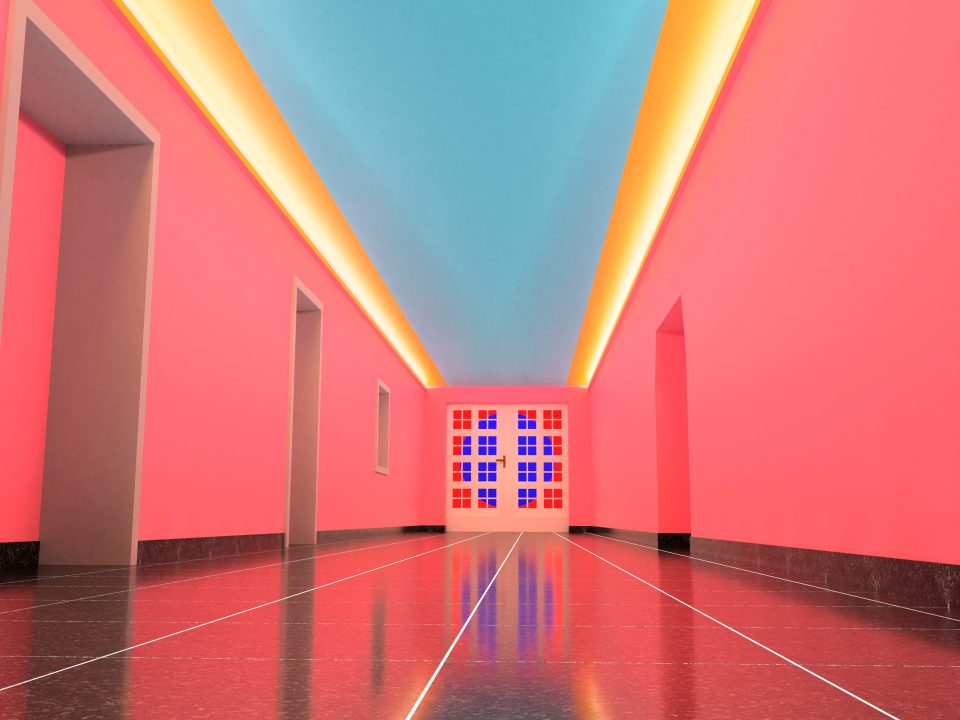Staff entrance
Afterglow envelops us in the colours of a perpetually repeating sunrise and sunset. The multi-sensory, site-specific installation by artist Luisa Baldhuber enables a form of embodied experience, which unfolds over the duration of the viewing. The shifting colours of the artificial light affect the appearance of the painterly composition on the walls, creating a dynamic landscape. The colour planes suggest an optical expansion of the space, reminiscent of a landscape, horizon or sky. Through the changing, atmospheric colour moods created by the interplay of light and wall colours, the abstract skyscape calls to mind moments in nature and allows us to dream for a moment.
The moment of memory, to which the title also alludes, adds a further, multifaceted level to the components of light, painting and space–time. The experience of time manifests itself both in individual perception and the memory of the real spectacle of nature.
Afterglow takes up the minimalist style of the Light and Space Movement, which strongly inspired Baldhuber's artistic work. The movement formed on the West Coast of the USA in the 1960s (as a kind of counter-movement to the minimalism of the East Coast) and, influenced by the impressions of light and nature in California, investigated and processed the different properties of light in increasingly immersive installations.
With Afterglow, Baldhuber also takes up the ideas surrounding the design of the neighbouring English Garden and transfers them as a spatial installation to the staff entrance of Haus der Kunst. Despite the intended proximity to nature, an English Landscape garden is an artificially created park that is oriented towards the aesthetics of an idealised nature. In this way, the principle of the English garden stands for an increasingly industrialised, rational and drastically changing society of the 18th and 19th centuries. The stark contrast between the supposedly "wild" natural park, the neoclassical architecture of the Haus der Kunst built during National Socialism and the non-representative liminal space is deliberately brought into play in the installation Afterglow, which questions our perception of inside and outside in a variety of ways.
By integrating the illusion of a natural phenomenon into a given location through paint and light, the artist questions the original architecture. In so doing, Baldhuber not only attempts to break down spatial boundaries. Rather, she aims to sensitise our consciousness to the things we see and, on the basis of this, think we know. The daily yet spectacular events of sunrise and sunset are an essential poetic image for this.
The exhibition is located in the staff entrance. This can be reached via the parking lot behind Haus der Kunst. By means of the solo exhibitions in the staff entrance, Haus der Kunst unlocks a hidden space. The new site-specific pieces of this exhibition series serve not only as an inspiration for employees during their daily commute, but also emphasise the significance of nurturing emerging artists from Munich.
Curated by Anna Schneider.
We thank Erich Gassmann Architekten, Bernd Paul Sommer Elektrotechnik, and ERES Stiftung for their support with the realisation of the project.
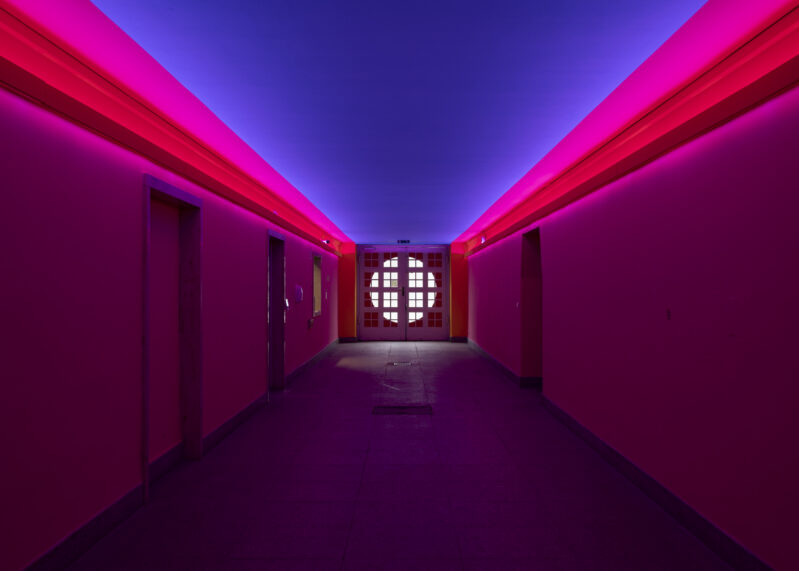
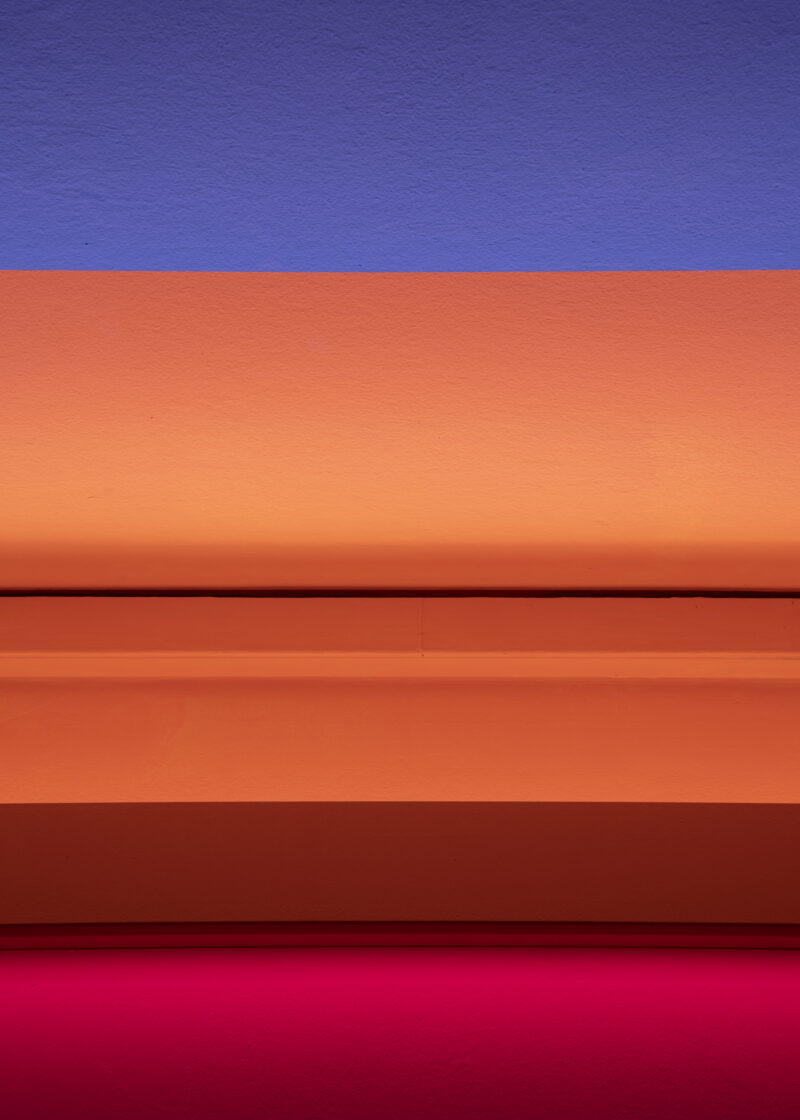
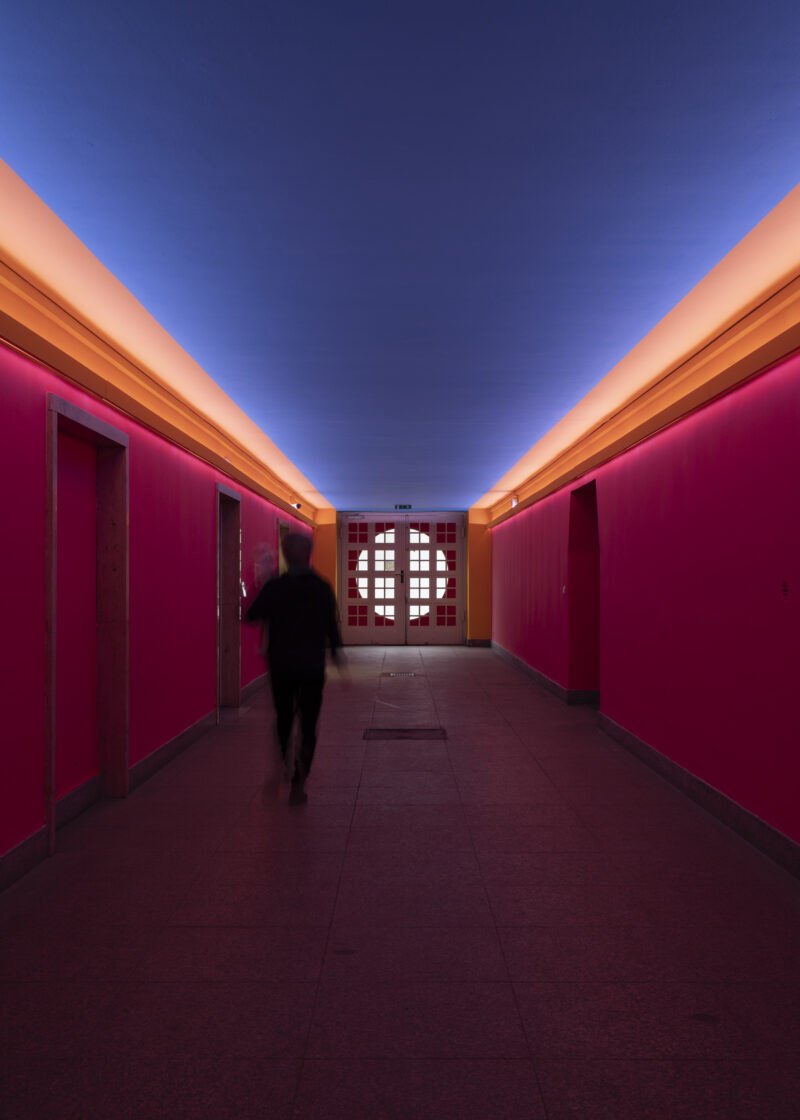
Artist info
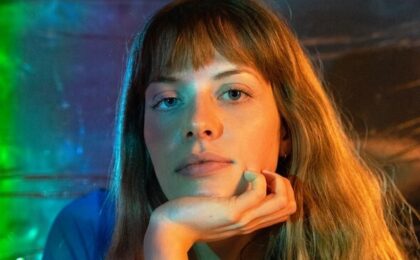
Luisa Baldhuber
Luisa Baldhuber (born 1994 in Munich) is currently studying at the Academy of Fine Arts Munich, where she is expected to graduate in February 2025. Her artistic interest lies in the relationship between colour, space and light and how they influence our perception of space.
Photo: Veronica Londoño
